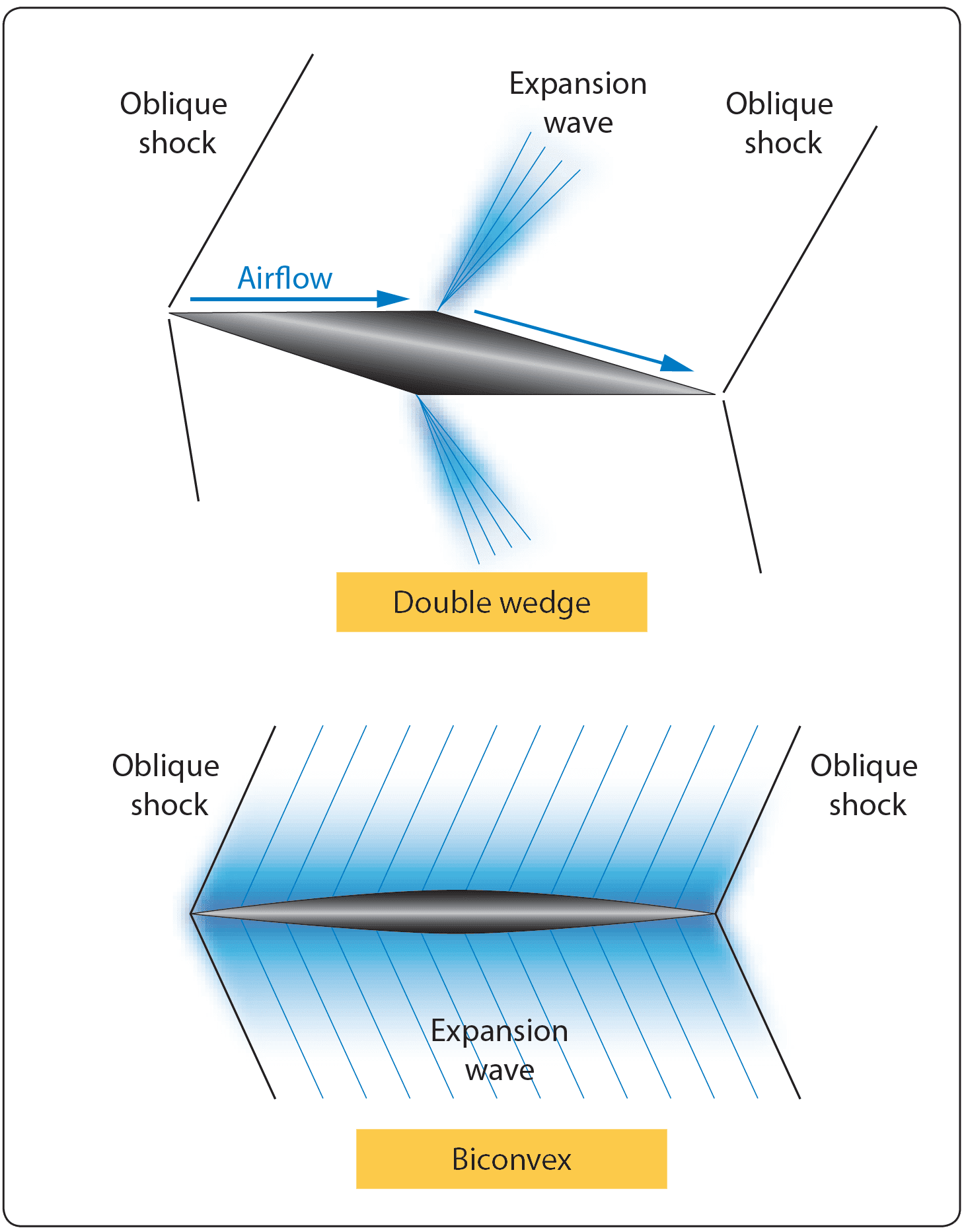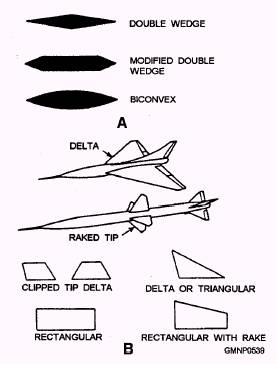

modified the geometry of the baseline airfoil to consider the effects of cavity size on the control of transonic internal flow.


Their results demonstrated that the airfoil with cavity dramatically decreased the flow field unsteadiness. numerically analyzed the self-excited shock oscillation over a biconvex circular arc airfoil with and without cavity. They found that the unsteady shock movement generates the transient shock-boundary layer interaction and leads to create the separation. numerically investigated the compressible flow over a biconvex circular arc airfoil. Their results of the surface pressure coefficient distribution and vortex breakdown location were in excellent agreement with experimental data. experimentally and numerically investigated the aerodynamic coefficients of the double-delta wing. They found that the shock-induced separation has a great impact on the origin of shock oscillations. numerically considered oscillations of the shock wave over biconvex airfoil. They indicated that separation zones in numerical analyses are smaller than in experiment results. investigated numerically and experimentally a double-wedge airfoil and measured the surface pressure and heat transfer coefficient. They concluded that the aerodynamic coefficients gained from both analytical and numerical methods were in good agreement. numerically studied compressible flow around the double wedge and biconvex airfoils by CFD. To analyze and obtain the results of supersonic flight, CFD method can be helpful to understand wing analysis at supersonic flow. It is important to have the knowledge of aerodynamic parameters in order to design wings. The Supersonic aircraft uses biconvex and double wedge airfoil but any analysis data for these two airfoils is not available easily. Biconvex and double-wedge airfoils are extensively employed in aerospace engineering and many works have been done by researches.
#Double wedge airfoil free
Low‐speed flow near walls causes transformation of the kinetic energy of the free stream into enthalpy that leads to high temperature on the solid walls which is neglected in the analytical solutions.Supersonic flow over aeronautical configurations has a wide scope in the aerospace applications. Discrepancies between analytical and numerical temperatures near the walls are because of dependency of temperature on the boundary layer and viscous heating. Accuracy of the analytical aerodynamic coefficients is because of accurate prediction of the static pressure which is not considerably influenced by the boundary layer. Therefore, analytical solutions give accurate prediction of the static pressure and the aerodynamic coefficients, however, for the static temperature they are only reliable far from the solid surfaces. However, it was not comparable to the numerical temperature at the solid walls. Analytical static temperature far from the walls was consistent with the numerical values with average error of 3.40 percent. Variation of the static pressure normal to the walls was negligible in the numerical simulation as well as the analytical solutions. Static pressure and aerodynamic coefficients obtained from the analytical and numerical methods were in excellent agreement with average error of 1.62 percent. In addition, aerodynamic coefficients of the double‐wedge airfoil were obtained at various free stream Mach numbers and thickness ratios of the airfoil. Static pressure, static temperature and aerodynamic coefficients of the airfoils were calculated at various angles of attack.


 0 kommentar(er)
0 kommentar(er)
